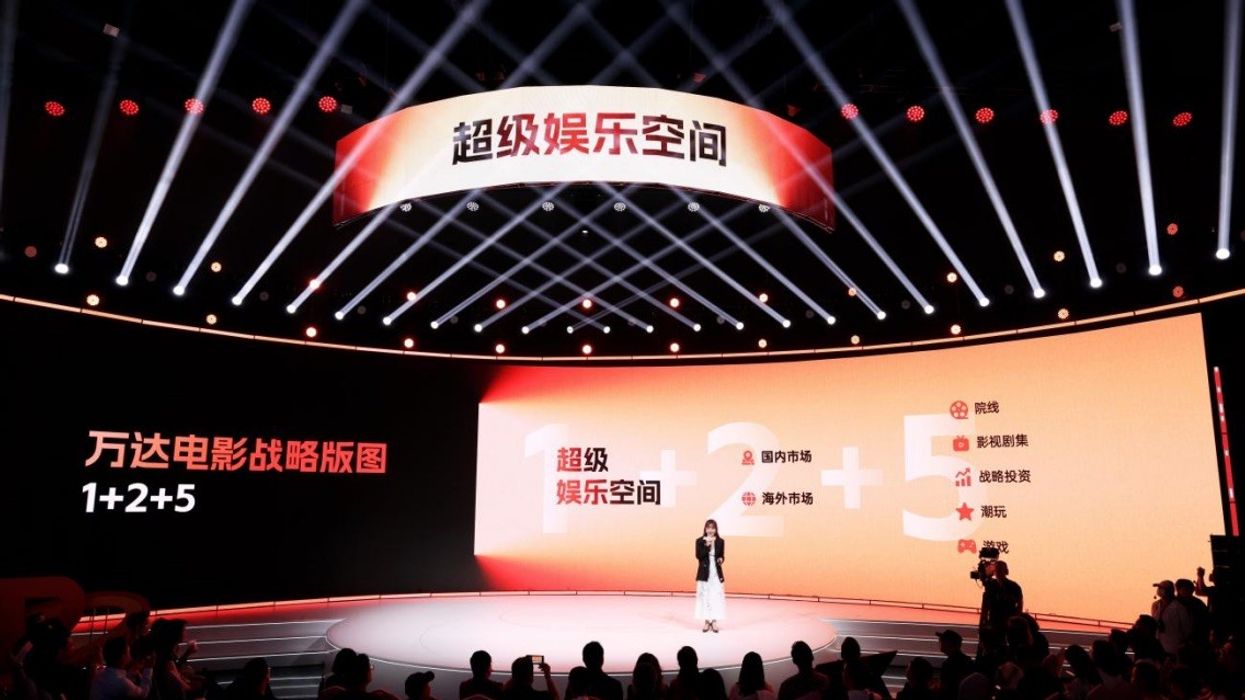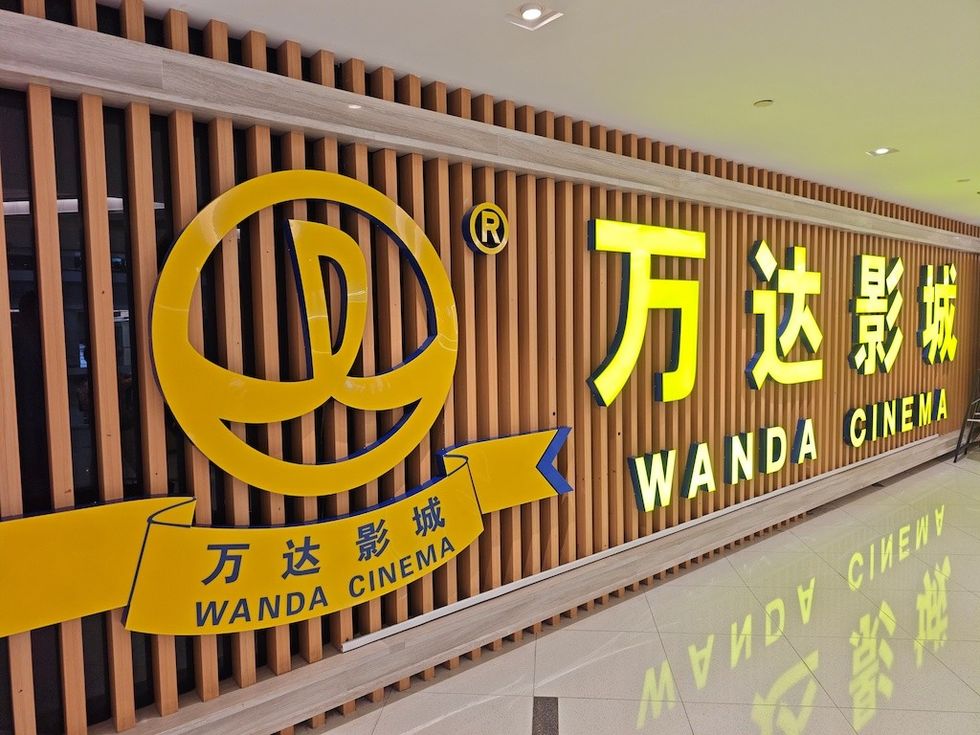By WendyHeimann-Nunes and Mishawn Nolan, Nolan Heimann LLP
At Nolan Heimann LLP, we operate from a rare vantage point—embedded in the legal, strategic, and operational nerve center of the global location-based and immersive entertainment industry. From iconic theme parks and cultural destinations to cutting-edge immersive experiences, we work at the front lines of disruption, innovation, and reinvention.
From that elevated view, we see what’s coming before it hits the mainstream: emerging trends, regulatory shifts, technological tipping points, and, just as crucially, the early signs of misalignment that can quietly sabotage even the most creatively compelling ventures.
That “crow’s nest” perspective informs this six-part series. Each installment offers hard-earned insights, legal frameworks, and strategic guidance to help industry players—whether you’re designing, commissioning, building, licensing, investing, supplying, or operating—thrive in the face of continuous change and uncertainty.
Law firms are often overlooked as strategic allies in this space. Yet, in an industry where deals straddle creativity, capital, and complexity, having counsel with deep contextual knowledge is not a bonus. It’s a competitive edge.
The pace of transformation in the experience economy is unrelenting. Success now depends on projects, business models, and deals being built for flexibility. In this first article, we examine how embracing creativity in deal design can manifest agility, mitigate risk, and unlock opportunity.
Part 1: change IS the business
Creative strategy is business strategy
Themed entertainment and immersive experiences rely on a fusion of disciplines, including storytelling, technology, architecture, branding and marketing, sensory engagement, operations, and business strategy.
The skillsets required to design world-class guest experiences aren’t just creative – they’re deeply integrative and strategic. To thrive in an environment of constant flux, that same multidisciplinary thinking must extend beyond the creative process into every facet of business.
The imaginative thinking employed in the design studio must now inform decisions in the boardroom, budget, and contract. Businesses that wait for stability are clinging to a mirage. In the absence of certainty, flexibility becomes the defining line between ventures that adapt and those that collapse.
Balance form with fluidity
Every venture requires structure – whether in the form of a corporation, partnership, limited liability company, or another legal entity. While that structure must include clear rules of operation, it must also be built to move.
Traditionally, entities and agreements were built with rigidity in the name of stability, relying on renegotiation whenever circumstances changed. But in today’s climate of uncertainty, that approach is no longer sufficient.
Success now depends on building in flexibility and optionality from the outset, because change isn’t a possibility, it’s a certainty.
Take, for example, one of our clients: a live-event producer for major brands. After creating their own experience based on original IP, they came to us to explore investment opportunities to scale their business into additional markets.
Expanding their business in this way would require boots-on-the-ground understandings of local markets, local production crews, tailored sales and marketing for the geographically specific demographic, and nimble creative for a rapidly evolving culture.
The standard playbook said, “bring on investors". In this instance, a significant amount of investment would be needed to build-out the local organizations. This outside capital investment would almost inevitably mean a dilution of our client’s control and financial rewards.
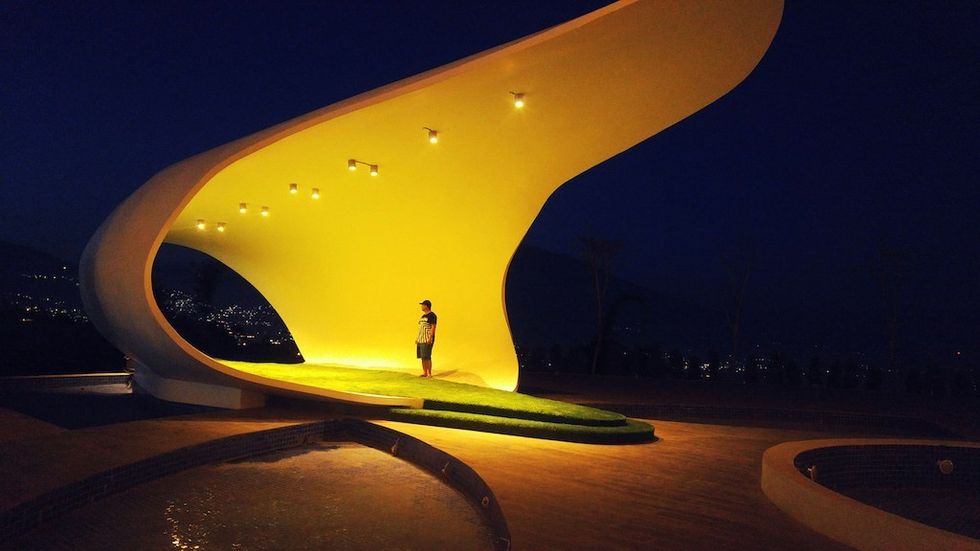
Knowing that scaling would require constant localization, we took a creative approach. Rather than assist our client in building out large, localized operations, we reimagined and then structured a fluid network of regional strategic partnerships. This network provided the client with the local operational support they needed. It also allows for the flexibility that enables rapid pivoting when required.
Our client has since expanded its offerings into three markets, and counting.
Architect adaptive terms
Businesses cannot operate without written legal obligations that provide the security upon which stakeholders are willing to take risks. Risk-takers, in particular, benefit from agreements that offer clear and comprehensive protections.
Traditionally, contracts were drafted with long-term, fixed obligations intended to create stability. However, in today’s climate of uncertainty, agreements must be designed to evolve alongside the venture.
Rather than freezing terms in time, modern contracts should incorporate modular frameworks—such as master service agreements with layered scopes of work—and phased deliverables with built-in reevaluation points. This approach reflects the growing importance of creativity in deal design, allowing agreements to evolve alongside innovation.
Licensing arrangements can also include fee recalculations tied to measurable performance metrics or automatic renegotiation triggers in response to material changes, whether regulatory, technical, or financial.
We recently structured a technology development agreement between an IP owner and our client. Midway through the initial collaboration, the scope significantly expanded.
Rather than rushing to amend the agreement to include the new scope – and risk our client being unable to scale in time – or walking away from the opportunity due to too many unknowns, we negotiated a 60-day conditional window. If the client could staff up to meet the expanded requirements within that period, the new scope would take effect automatically.
The result was a structure that balanced forward momentum with practical protection.
Preemptively design your exit
No one enters into a new relationship expecting it to end, but every deal needs a way out. Planning for an eventual transition isn’t a sign of doubt or expectation of failure—it’s a recognition of reality and a commitment to agility.
In this sector, a brilliant collaboration that feels visionary today may no longer align tomorrow, as markets, technologies, or consumer expectations evolve. While license agreements are often structured for the long term, overly rigid terms can become anchors, impeding progress rather than ensuring security.
Instead, agreements should incorporate creative unwind clauses that honor each party’s need for continuity, include performance-based fee recalculations and mutual review triggers, and provide for optional transitions. A thoughtful exit strategy isn’t a fallback. It’s a forward-looking tool for sustainability and mutual trust.
Agility with integrity
Navigating constant change can be overwhelming or even destabilizing. Agility without direction leads to chaos, and fluidity without focus creates confusion. To avoid these pitfalls, organizations must ground their flexibility in clearly defined goals and shared values.
Before designing adaptable structures, leadership teams should align on what truly matters: What’s non-negotiable? What’s aspirational? What’s optional? Every strategic decision, from partnership structures to pricing models, should be grounded in this foundation.
When values and direction are well-defined and purposeful, organizations are better equipped to adapt with intention, transform disruption into opportunity, and allow change to become a source of flow – moving with momentum, not friction. Creativity in deal design becomes a key tool for aligning legal agility with strategic vision.
As immersive entertainment continues to reshape the way we tell stories, connect audiences, and build cultural value, one thing is clear: change is not a phase. It’s a permanent feature of this evolving landscape.
The businesses that will lead are those that embrace adaptability as part of their core design, from contracts to collaborations. Legal strategy, when approached creatively and proactively, becomes not a constraint but a springboard for innovation.
The future belongs to those who treat transformation not as a threat, but as an opportunity to architect something truly enduring.





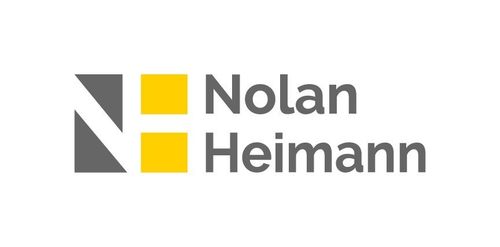
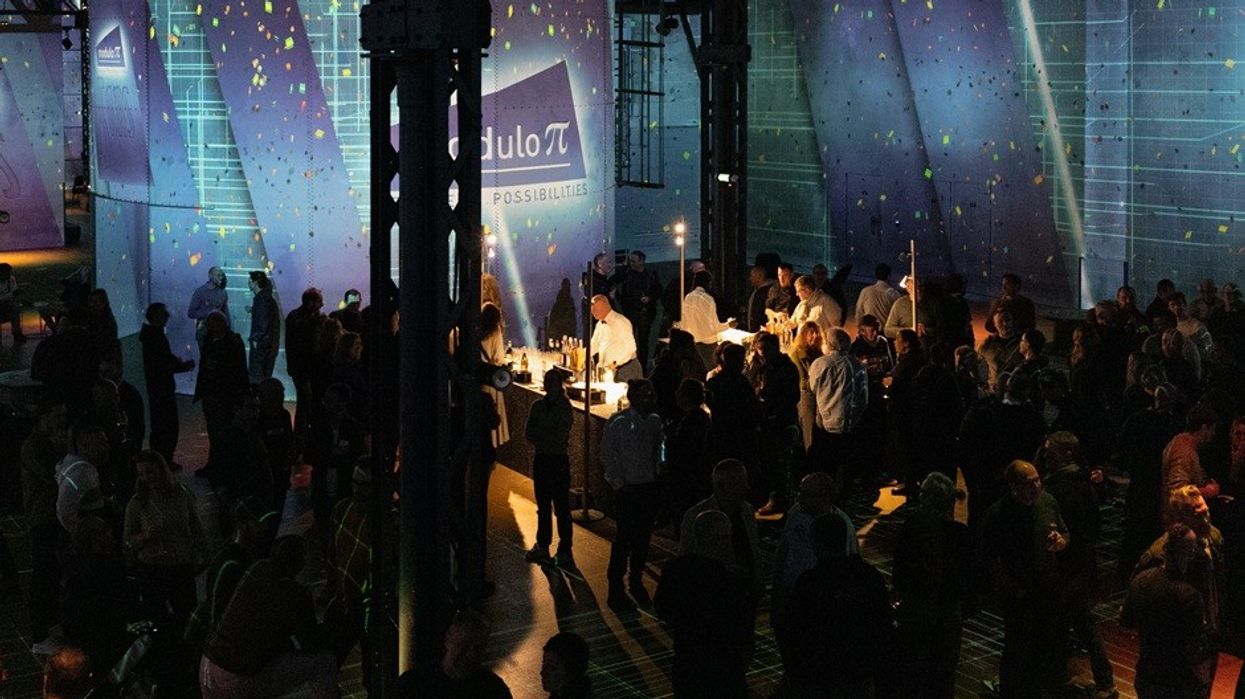








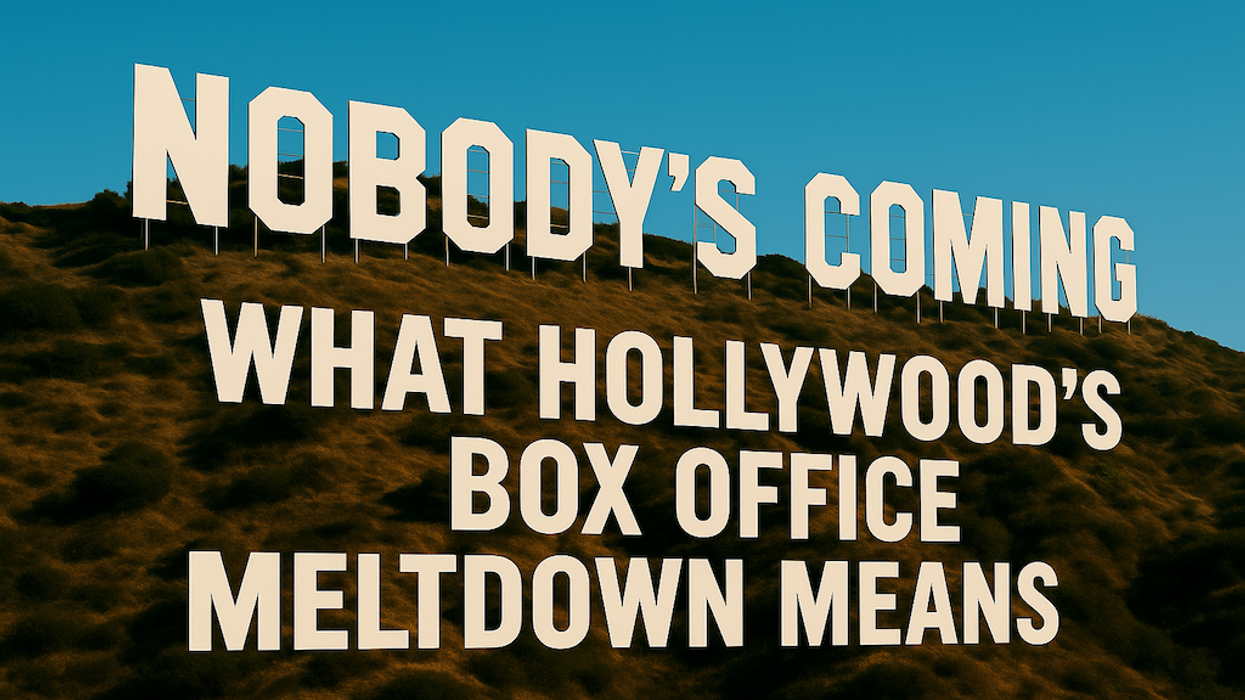



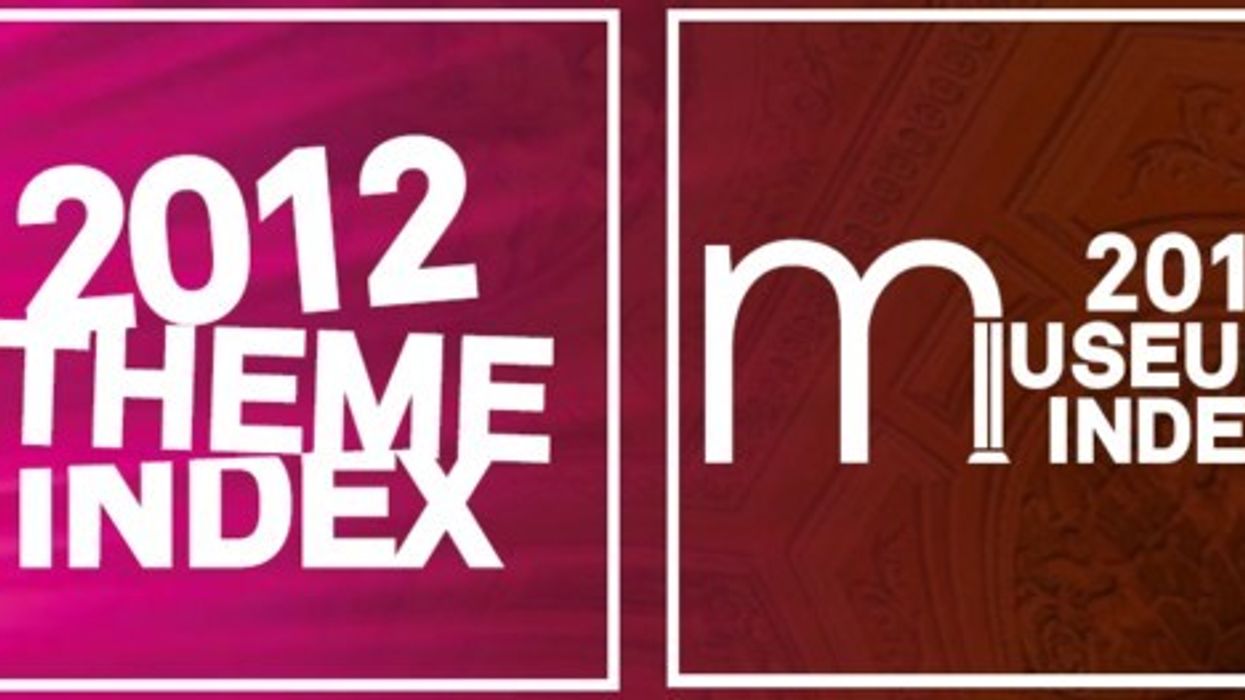

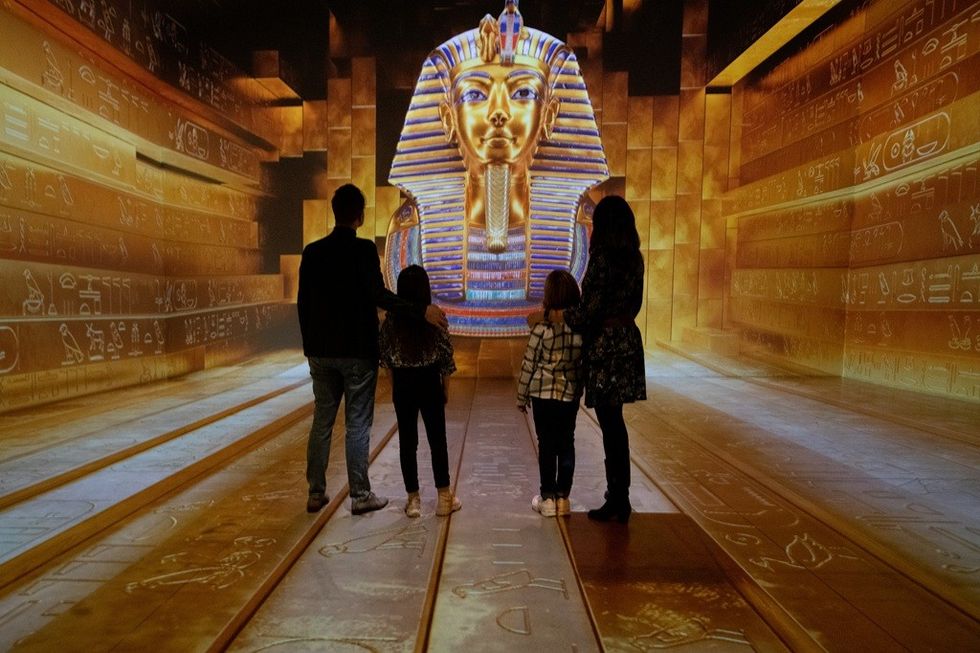 Tutankhamun: The Immersive Exhibition
Tutankhamun: The Immersive Exhibition 
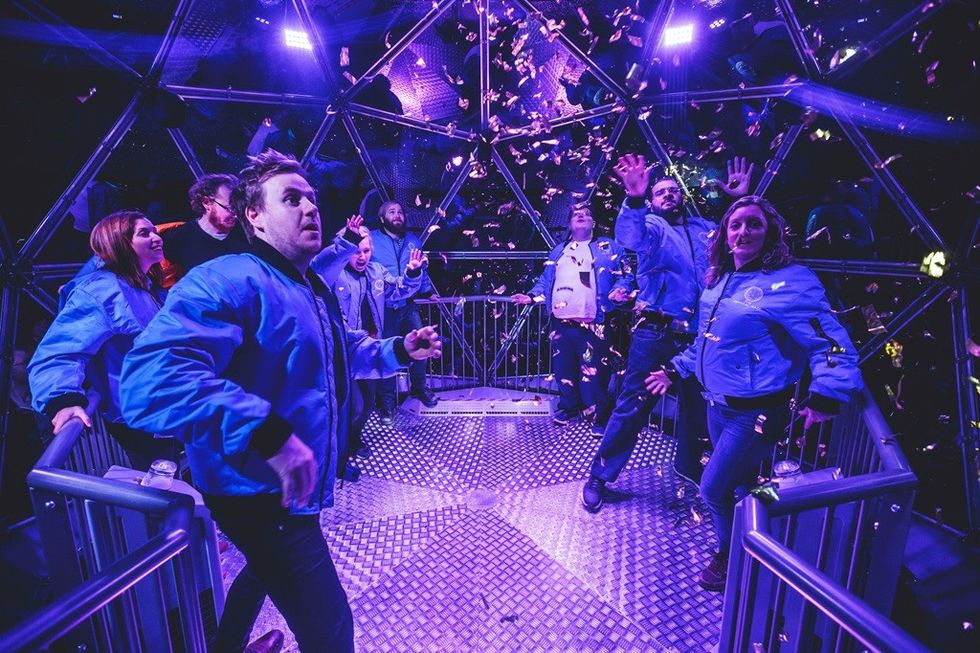 Crystal Maze: The Live Experience
Crystal Maze: The Live Experience  ABBA Voyage Johan Persson
ABBA Voyage Johan Persson  Meow Wolf's The Real Unreal
Meow Wolf's The Real Unreal 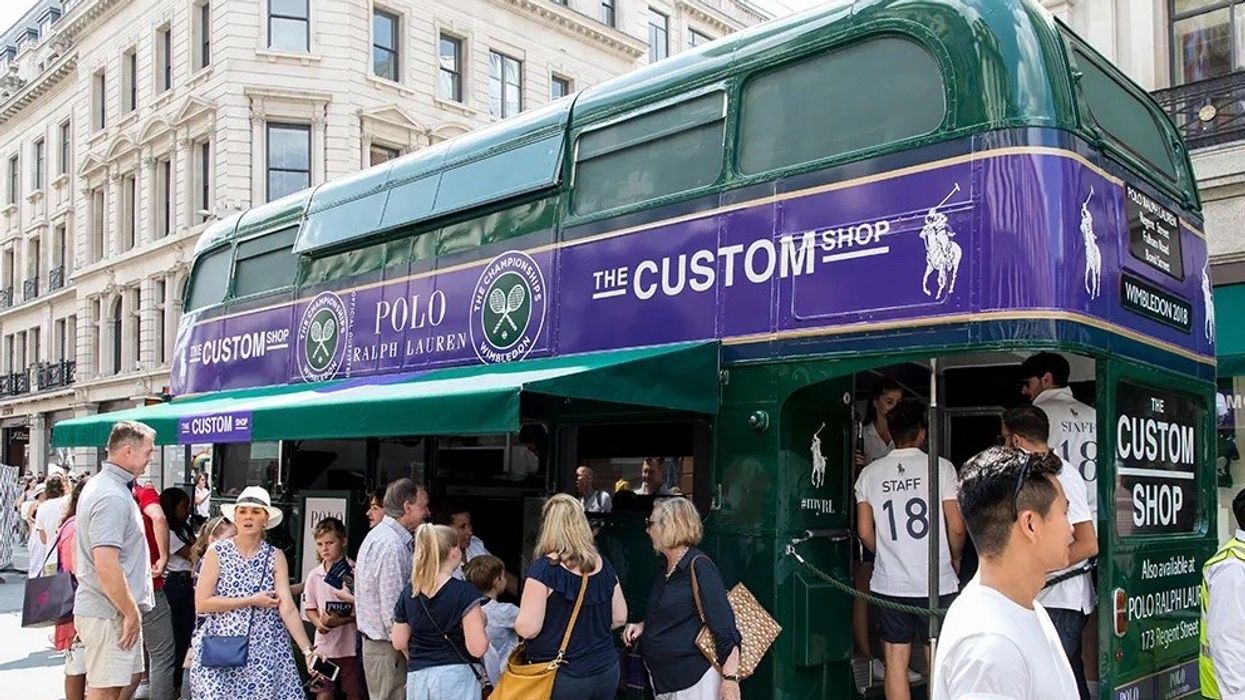
 A fully customisable ‘Have-it-your-way’ NYC Subway-style pop-up experience where visitors step into Kiehl’s world through personalised touchpoints, photo moments and interactive brand storytelling
A fully customisable ‘Have-it-your-way’ NYC Subway-style pop-up experience where visitors step into Kiehl’s world through personalised touchpoints, photo moments and interactive brand storytelling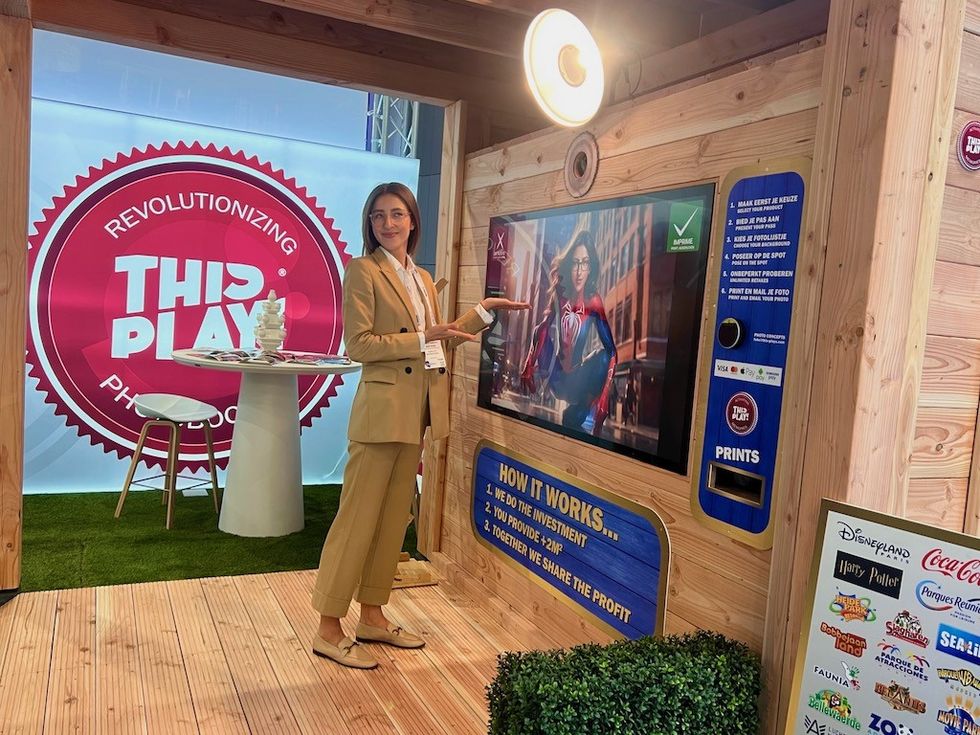 Become a superhero and print your own HeroCard (driving-license style) instantlySource: ThisPlays International
Become a superhero and print your own HeroCard (driving-license style) instantlySource: ThisPlays International